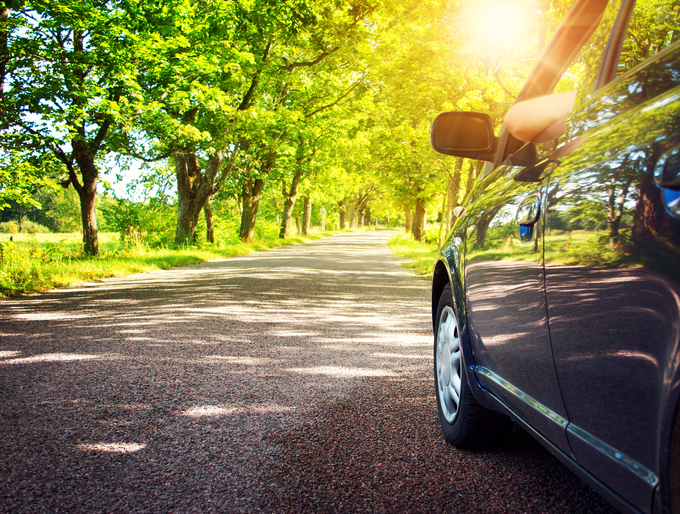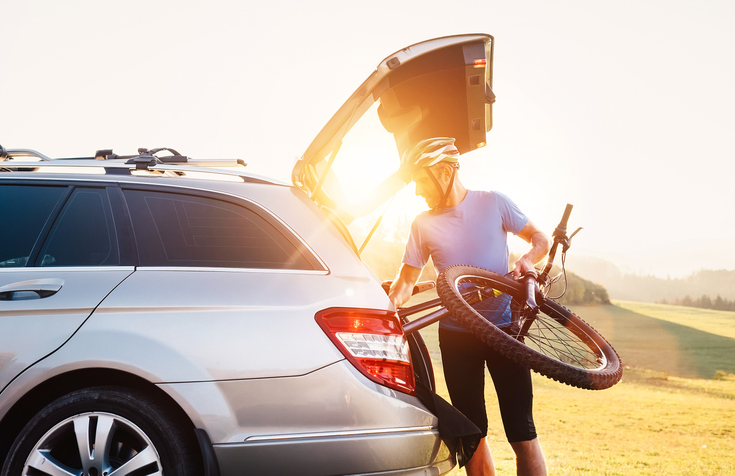When the weather outside is frightful: safe driving tips for winter conditions
SGI: News Release – Nov. 1, 2017
Winter is coming, but winter driving conditions are already here. When roads are icy and swirling snow reduces visibility, it can be intimidating for drivers. Here are some tips to keep you and yours safe out on the roads this winter:
- Clear snow from your vehicle, including headlights and taillights, and be sure your windows are completely defrosted before you drive.
- Slow down. Posted speed limits are for ideal driving conditions. Adjust your speed accordingly when conditions are less than favourable, like when roads are icy or there is low visibility.
- Leave more distance between your vehicle and the one in front of you, so you have more time to stop. SGI recommends at least a four-second following distance.
- Give yourself extra time to get to your destination so you’re not tempted to drive too fast for road conditions.
- Turn on your headlights at night and any time visibility is poor, since some vehicles do not have taillights on when daytime running lights are being used.
- Don’t use cruise control in slippery conditions.
- Invest in a set of winter tires, which provide improved traction on winter road surfaces.
- Buckle up. Every time.
Lastly, be sure to check the weather forecast and the Highway Hotline (1-888-335-7623) before you set off on your travels. If travel isn’t recommended, stay off the roads.
Driving in a blizzard
Keep an emergency travel kit in your vehicle in case you get stranded. The kit can include warm clothes, a shovel, blankets, a snow brush, ice scraper, booster cables, flashlight, flares, matches, a candle and a tin cup (to melt snow for water) and food like chocolate, granola bars, dried fruit, nuts or soup mixes that can be added to water.
Unfortunately, taking precautions against blizzard conditions doesn’t mean you can prevent them. If conditions deteriorate while you’re on the road, stop at the nearest town or rest area and wait until it’s safe to drive.
If you find yourself stranded with your vehicle:
- Remain inside your vehicle because it will offer you protection from the harsh winter elements.
- Run your engine sporadically to get some heat but be careful not to run out of gas. In that case, the blankets, candles and matches you packed in your roadside emergency kit will serve you well.
- When running your engine, ensure that your vehicle’s exhaust pipe is clear of snow and ice. If it’s plugged, fumes will seep into your vehicle, resulting in possible carbon monoxide poisoning.
- If you find you need fresh air, your best option is to slightly lower the windows facing opposite the wind direction and open your vehicle’s heater vent.
Slow to 60
If an emergency vehicle (police, fire, ambulance) is stopped on the side of the road with its lights flashing, you must slow to 60 km/h, unless you’re driving on the opposite side of a divided highway. The same rule applies for tow trucks at the side of the highway with amber or amber and blue lights flashing.
Failing to slow down puts emergency workers and other motorists at risk of serious injury or even death. What’s more, you’ll face a fine of $140, plus $2 for every kilometre over the 60 km/h speed limit. If a driver is over 90 km/h, the fine increases to $4 for every kilometre over the 60 km/h speed limit.
If snow plows are working the roads, give them room to work, and stay back when you approach the mini-blizzard they create. They travel slower than the average vehicle, so be patient. Snow plows will pull over at regular intervals (every 10 km or so) to allow vehicles to pass.
Car seat safety
Have a little one travelling with you? SGI recommends you dress your child in thin, warm layers or a light jacket with a blanket overtop, instead of a bulky snowsuit or winter gear. If there is anything thick between the straps and the child – for example winter clothes, a bunting bag, a pad or blanket – the seat stops working like it’s designed and crash tested to work.
A good test to determine if the child’s winter jacket is too bulky is to buckle your child in the car seat with the jacket on. Then, take your child out of the car seat, take off their jacket, and see how loose the straps are. Remember that you should only be able to fit one finger between the strap and the child’s chest.
No matter what season it is, every driver and passenger should always wear a seatbelt, avoid driver fatigue, and never drive impaired. SGI reminds drivers to refrain from habits that cause distracted driving like using a hand-held cellphone, eating or grooming.





